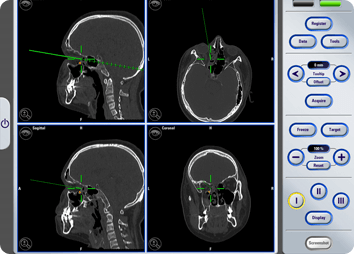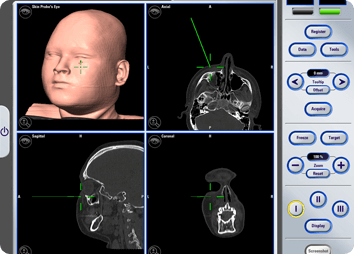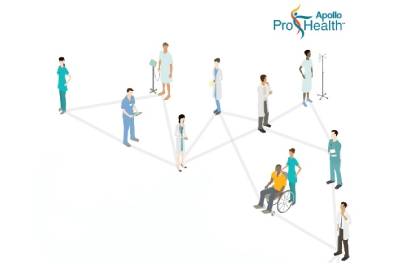Oral & Maxillofacial Surgery

Oral & Maxillofacial Surgery is the speciality that focuses on surgery for diseases of the mouth, jaw and face.
We offer the following services:
Cosmetic Jaw Surgery (Orthognathic surgery)
- The purpose of orthognathic surgery/ corrective jaw surgery is to correct functional and cosmetic problems that are due to underlying jaw deformities. Orthognathic surgery is often the treatment solution in cases where the bite problem is so severe that orthodontic braces alone aren’t enough to correct the problem or where orthodontics alone would compromise your facial appearance.
- One of the most rewarding aspects of orthognathic surgery is improved beauty and self-esteem.
- Severe bony deformities caused by jaw mismatch in size and position may cause serious problems. For example, extremely small lower jaw may result in snoring and sleep apnea, which can consequently cause many health problems. In cases of short upper lip and vertical excess of the upper jaw, the lips are usually open as they fail to close without efforts due to increased lower third of the face. Consequently, it may stimulate undesirable mouth breathing which further worsens occlusion. Frequently malocclusion can have strong negative effect on speech function and often it can be accompanied by jaw joint pain.
- Last but not least, occlusion and the position of jaws define the height of the lower third of the face to the greatest extent, hence the aesthetics of the facial profile as well. Convex ‘bird face’ or concave ‘mature face’ profiles are considered anaesthetic, therefore severe anomalies can cause social problems if left untreated.
- Scientists have been on the way in seeking an answer to this question for years trying to find which part of the face is playing the greatest role in the attractiveness of the face, and surgeon’s trying to “attack” those parts, thus hoping to make the face more attractive by changing particular features. Do we look at the eyes, at the smile, the symmetry of the face or at the combination of several features like nose, cheeks, eyebrows or eyes when assessing facial attractiveness?
- Orthognathic surgery is surgery performed on the bones of the jaws to change their positions. Orthognathic surgery is corrective facial surgery where deformities of the jaw exist. It may be indicated for functional, cosmetic, or health reasons. It is surgery commonly done on the jaws in conjunction with orthodontic treatment, which straightens the teeth.
Fractures of Jaws and Facial Bones
Fractures (broken bones) can involve the lower jaw, upper jaw, cheekbones, eye socket, and combinations of these bones. Treatments for these injuries are frequently managed under general anaesthesia.
Navigation Surgery
- The first navigation surgery in India for maxillofacial surgery/trauma was performed at Apollo Speciality Hospital.
- Navigation Surgery (Brainlabs Inc) is currently being used for Neuro, Spine and Orthopedic Surgery.
- Navigation surgery was used for maxillofacial trauma at Apollo Speciality Hospital for reconstructing a fractured left orbital floor in an engineering student involved in a RTA.
- Orbital reconstruction is fraught with the risk of encroaching on the optic canal and this is yet another fine example of upholding Apollo Hospital’s vision of using Cutting edge technology for enhancing patient safety.
- Navigation surgery helped us to carry out the orbital reconstruction with a Titanium mesh with no risk of injury to the Optic nerve.
- As of August 2012, Apollo Speciality Hospital is the only hospital to have the navigation technology for Maxillofacial surgery.


Cyst & Tumours
A lesion or growth that is present for more than ten to fourteen days is generally biopsied. A biopsy is a surgical procedure in which a section or the entire growth is removed depending on the size, location and nature of the growth. Growths in the oral cavity are typically benign in nature. A malignant lesion, or oral cancer is less common in the general population. However, due to the innocuous appearance of some oral cancer all suspicious lesions should be biopsied.
Most biopsies are performed in the clinic under local anesthetic. For those patients who prefer, a light sedation or general anesthesia can be administered. Following removal of the lesion, the biopsied specimen is sent to an oral pathologist for a final diagnosis. The diagnosis would dictate the need for possible further treatment. Further treatment would include simple excision of the disease alone to removal of the affected parts of jaw and face followed by reconstruction with a microvascular free flap.
Temporo Mandibular (Jaw)Joint surgery
It is the small joint located directly in front of the ear. This joint allows for movement of the lower jaw during opening and closing. TMJ disorders, dysfunction, and TMD are terms that describe a malfunction or problem related to this joint and its associated components, mainly its muscles and ligaments. Ankylosis is fusion of the joint due to injuries or infection usually occurring in childhood leading to inability to open the mouth with distorted face growth(crooked face). Treatment is surgery in a multistage manner to open the mouth and cosmetically reconstruct the jaws and face.
Dental Implants
It is a “root” device, usually made of titanium, used in dentistry to support restorations that resemble a tooth or group of teeth to replace missing teeth. Virtually all dental implants placed today are root-form endosseous implants, i.e., they appear similar to an actual tooth root (and thus possess a “root-form”) and are placed within the bone (endo- being the Greek prefix for “in” and osseous referring to “bone”). The bone of the jaw accepts and osseointegrates with the titanium post. Osseointegration refers to the fusion of the implant surface with the surrounding bone. Dental implants will fuse with bone, however they lack the periodontal ligament, so they will feel slightly different than natural teeth during chewing.
Dental implants can be used to support a number of dental prostheses, including crowns, implant-supported bridges or dentures. They can also be used as anchorage for orthodontic tooth movement. The use of dental implants permits undirectional tooth movement without reciprocal action. They are the only way to provide fixed teeth for jaws which have been reconstructed with bone grafts or free flaps.
UPDATED ON 28/03/2024
Apollo Highlights & Updates
 On World Health Day, Apollo Hospitals has unveiled the 4th edition of the Health of Nation report....
On World Health Day, Apollo Hospitals has unveiled the 4th edition of the Health of Nation report.... Call Us Now
+91 8069991061
Book Health Check-up
Call Us Now
+91 8069991061
Book Health Check-up




